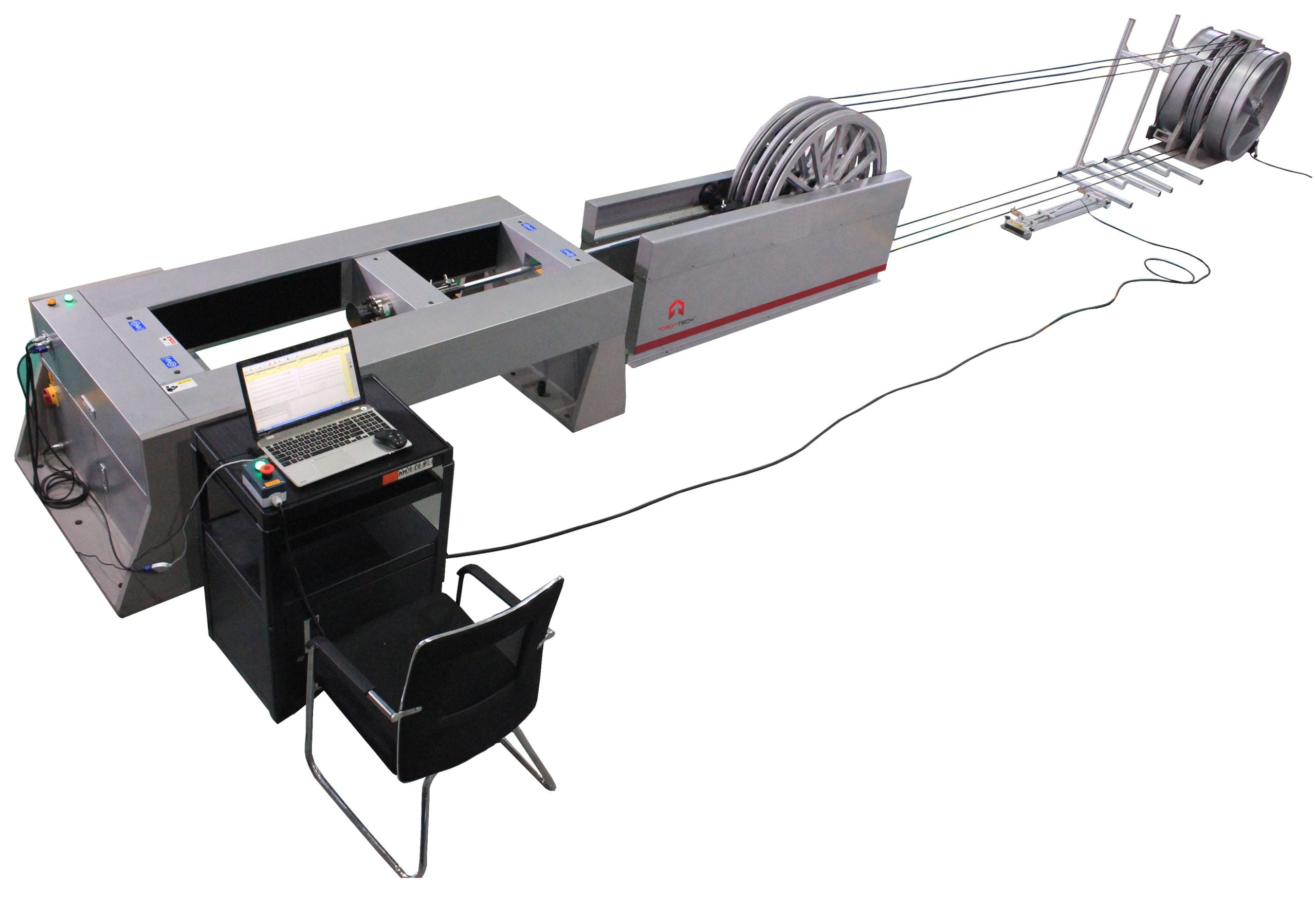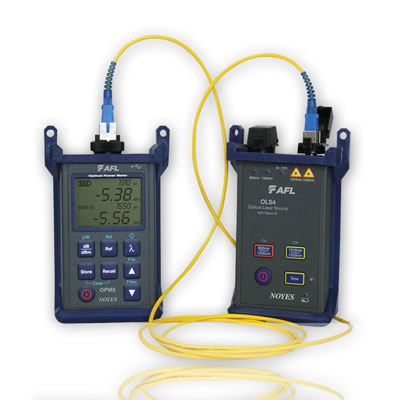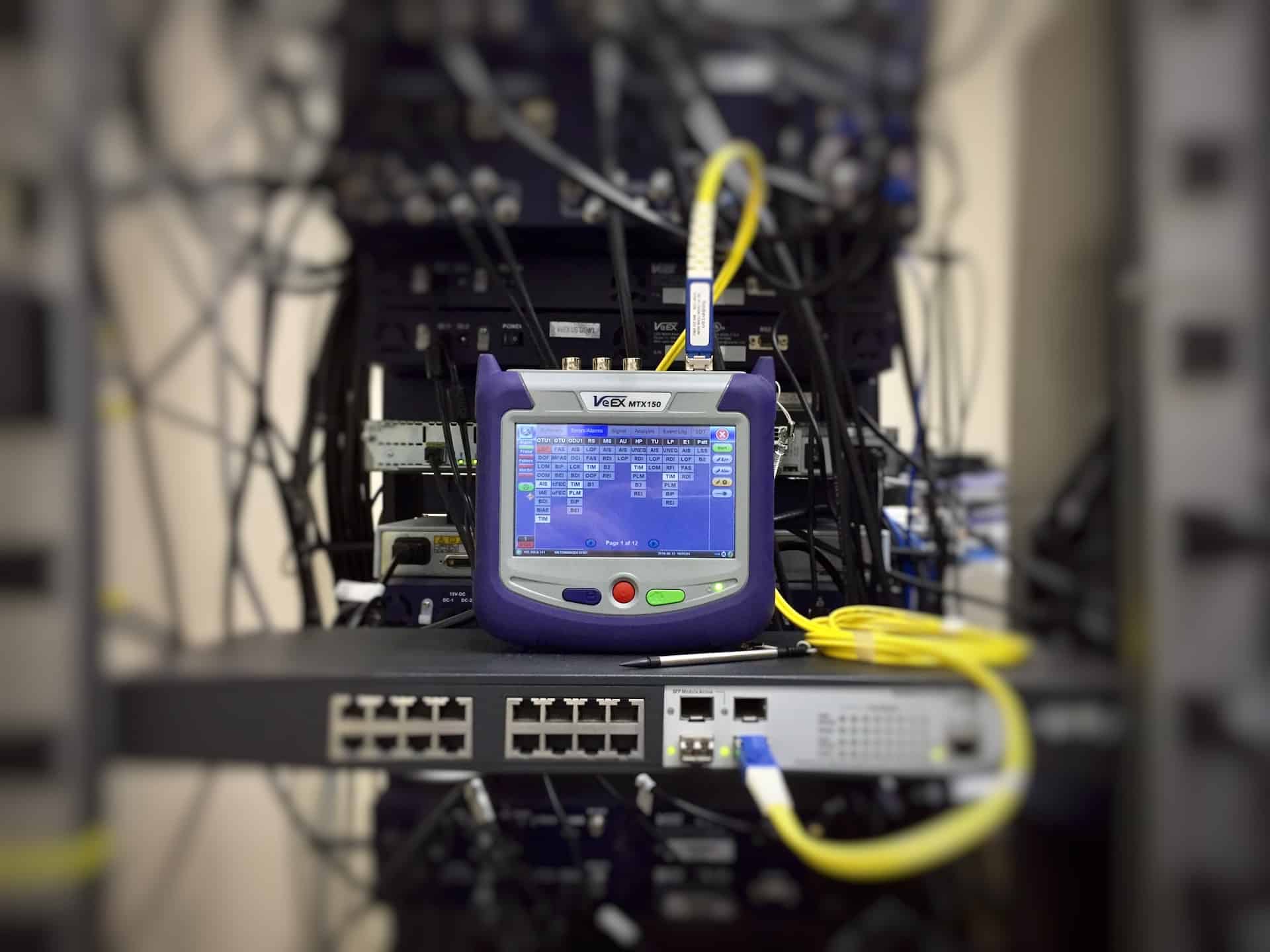Engineers use the optical fibre diameter analyser to verify fibre uniformity.
Engineers use the optical fibre diameter analyser to verify fibre uniformity.
Blog Article
Discover the Value of Optical Fiber Screening in Modern Telecom
In the realm of modern-day telecoms, the relevance of optical fiber testing can not be overemphasized, as it offers as the backbone for making sure network integrity and efficiency. By carrying out regular screening protocols, operators can preemptively identify possible problems such as signal degradation, thus safeguarding versus disruptions that might verify pricey. Advanced techniques like Optical Time-Domain Reflectometry play a critical duty in this process, yet many might neglect the more comprehensive effects of these methods. What are the details benefits that normal testing deals, and just how might it shape the future landscape of telecoms?

Recognizing Optical Fiber Screening
Optical fibre screening is a critical process in telecommunications that makes sure the stability and performance of fibre optic networks. This screening includes a variety of procedures designed to evaluate the physical and useful characteristics of optical fibers - robotic vision. Key specifications analyzed consist of optical power loss, data transfer capability, and fault location, which are crucial for preserving high-quality interaction links
The testing process generally includes using specific devices such as Optical Time-Domain Reflectometers (OTDR) and Optical Power Meters. OTDRs are employed to recognize and characterize faults, interlaces, and adapters within the fiber, while power meters gauge the transmitted light signal stamina to identify performance.
Moreover, screening is performed at different stages, consisting of throughout installation, maintenance, and troubleshooting, to make sure that the network meets market criteria and functional needs. Conformity with requirements established by organizations like the International Telecommunication Union (ITU) and the Telecommunications Sector Organization (TIA) is extremely important.
Benefits of Routine Examining
Regular screening of optical fibres returns many benefits that significantly boost network integrity and performance. Among the key benefits is the very early detection of possible issues, such as breaks or degradation in the fibre, which can lead to costly downtime if left unaddressed (optical fibre diameter analyser). By identifying these troubles proactively, telecommunications companies can minimize solution interruptions and guarantee constant connectivity for their clients
In addition, routine screening assists to preserve the stability of signal quality. As optical fibres age, their efficiency can be affected by aspects such as ecological problems and physical stress. Routine analyses permit the monitoring of signal loss and overall transmission efficiency, guaranteeing that the network operates at ideal degrees.
An additional considerable benefit is conformity with industry criteria. Routine testing supports adherence to governing needs, thereby minimizing legal and monetary threats connected with non-compliance. It improves the general life-span of the fiber infrastructure by facilitating prompt upkeep and repairs.

Common Checking Methods
Testing optical fibres uses numerous techniques to make certain the stability and performance of telecoms networks. Amongst the most common strategies is Optical Time Domain Name Reflectometry (OTDR), which analyzes the whole size of the fibre by sending a pulse of light and determining the reflections triggered by blemishes or breaks. This approach provides comprehensive details about the area and extent of mistakes.
One more prevalent method is the use of Optical Power Meters, which determine the amount of light transmitted through the fibre. This method helps determine the loss of signal strength, ensuring that it fulfills market standards. Additionally, Aesthetic Mistake Locators (VFL) are used to recognize breaks or extreme bends in the fibre by predicting a noticeable laser light right into the cable television.
Insertion loss testing is additionally essential, as it measures the loss of signal power arising from links and interlaces within the network. The use of Polarization Mode Dispersion (PMD) testing analyzes the influence of fibre characteristics on signal integrity.
Each of these approaches plays a crucial duty in maintaining the efficiency and integrity of optical fibre networks, eventually contributing to seamless telecoms procedures.
Effect On Network Efficiency
The integrity and efficiency of optical fiber networks straight affect general network performance. In contemporary telecoms, the effectiveness of information transmission depends greatly on the quality of the optical fibers utilized. Any type of degradation in the fibre's problem-- whether due to physical damage, contamination, or too much flexing-- can cause raised depletion and signal loss, significantly influencing data stability and rate.
Normal optical fibre screening is essential to determine and rectify prospective issues before they materialize as network failures or slowdowns. Techniques such as Optical Time Domain Reflectometry (OTDR) and insertion loss testing allow service technicians to measure the performance of fibre links accurately. These tests not just examine the physical condition of the fibres yet additionally ensure conformity with market see this standards, thereby protecting the network's reliability.
Furthermore, a well-kept optical fibre network adds to decreased functional view costs and boosted consumer satisfaction, as end-users experience less disruptions and greater data rates. Ultimately, the focus on rigorous optical fibre testing techniques works as a cornerstone for maintaining robust telecommunications framework, making certain that provider can satisfy the growing demands for transmission capacity and connectivity in today's digital age.
Future Patterns in Checking
As we look in advance, innovations in innovation are poised to improve optical fibre testing in telecommunications. The rise of automation and expert system (AI) is anticipated to boost the efficiency and accuracy of screening processes. Automated screening systems can conduct extensive analyses with marginal human treatment, dramatically minimizing the capacity for mistakes and accelerating time-to-deployment.
Moreover, the integration of artificial intelligence algorithms will enable predictive maintenance, permitting network providers to visualize possible issues prior to they rise into failings. This positive technique not just enhances network integrity yet additionally maximizes operational costs.
Another arising pattern is the growth of portable screening gadgets that offer real-time evaluation - optical fibre diameter analyser. These devices will certainly equip professionals to do on-site diagnostics rapidly, promoting quicker resolutions and improving service high quality
The growth of 5G networks even more requires the development of screening approaches. As data transfer needs boost, traditional testing techniques may no more are sufficient. Cutting-edge solutions such as optical time-domain reflectometry (OTDR) and progressed spooky analysis will come to be critical in guaranteeing the stability and efficiency of high-speed links.

Conclusion
Finally, optical fibre screening is crucial for making sure the stability and integrity of contemporary telecoms networks. Normal testing practices not just help identify potential concerns such as signal loss and faults yet also add to boosted network efficiency and consumer complete satisfaction. As Web Site the need for smooth connection remains to grow, the adoption of sophisticated screening approaches will play an important function in keeping high-quality network requirements and sustaining the evolving landscape of telecoms.
Report this page